It’s not uncommon for some of us to leave our cars parked for long stretches spanning days, weeks – sometimes even months. If you’re one of these people, you may notice a slight ride disturbance or vibration the first time you drive the car, but it will usually disappear after a few miles of driving.
This phenomenon is known as flat-spotting, a condition that occurs when a tire has been stationary under vehicle load for a prolonged period. The tire has a flat spot in the area where it was in contact with the ground. Alarmed? Don’t be. Let’s dive into the causes of flat-spotting in a little more detail, plus tips on how to prevent it.
As you drive your car, each tire rapidly rotates on the wheel from a “relaxed state” to a “loaded state” approximately 480 times per kilometer. This constant motion generates heat, which makes the rubber in the tires more supple – this is standard behavior for your tires.
Once you’ve stopped and parked your car, however, the contact patch of the tire can flatten slightly where it is in contact with the ground as the tires cool down. It’s especially likely to occur when the tires experience a dramatic swing in ambient temperatures, the car is parked overnight in cold temperatures, or the vehicle is in storage for a long time. Another factor is tire pressure, and whether the tires are underinflated or overloaded.
There are two types of flat-spotting: temporary and semi-permanent. The severity of a tire flat spot will depend on factors like size, load, internal structure, the ambient temperature, and the amount of time it is stationary.
In the majority of cases, flat-spotting is temporary. If a vehicle has been stationary for a few days or weeks – for example, if you’ve been away on vacation and parked the car at the airport – drivers may experience some slight vibrations during the first few miles of their journey.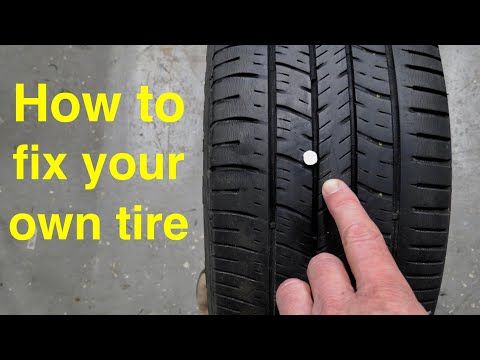 The flat spots will disappear once the tires have reached their operational temperature and regained their normal shape.
The flat spots will disappear once the tires have reached their operational temperature and regained their normal shape.
Semi-permanent flat-spotting will occur if the tires have been standing still under vehicle load for a month or longer. A typical situation where this can happen is if you’re storing your vehicle away for the winter months, or if it’s being transported overseas. The long standing times, especially in tandem with high temperatures and low tire pressure, can result in more severe flat-spotting that normal driving won’t remedy.
If you suspect that your tires have semi-permanent flat-spotting, you should contact your local tire specialist or garage in the first instance, and they’ll guide you through the options on how to fix it.
Maintaining the correct tire pressure is an effective strategy to mitigate the chances of flat-spotting happening.
Tires that are underinflated are more susceptible to a flat spot, and it’s generally advisable not to operate your tires when they’re underinflated or overloaded.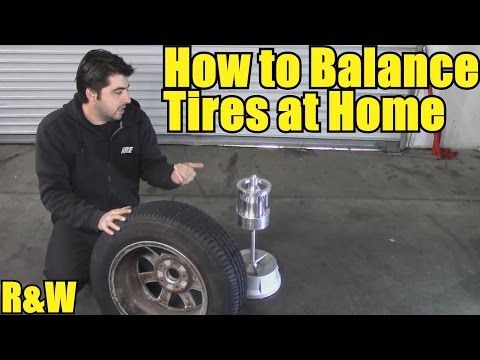
If you’re about to undertake a long-distance journey at high speeds with heavy loads, then you should increase the inflation pressure of your tires in line with the vehicle manufacturer’s recommendations.
Did you know that a slight increase of +0.2 bar in tire inflation pressure results in lower tire running temperatures? In turn, this decreases the likelihood of flat-spotting.
Similarly, if you’re about to park your car for a long time without driving, then slightly increasing the inflation pressure of the tires by +0.2 bar before parking will help to reduce the chances of flat-spotting.
In both instances, however, it’s important to remember that you should never exceed the maximum recommended cold inflation pressure for your tires.
Dealer Locator
Posted On: 10/23/2019
Updated: September 11th, 2020
It’s been a long winter, and you’re ready to pull your ’92 Sunburst Yellow MX-5 Miata out of the garage and onto the road.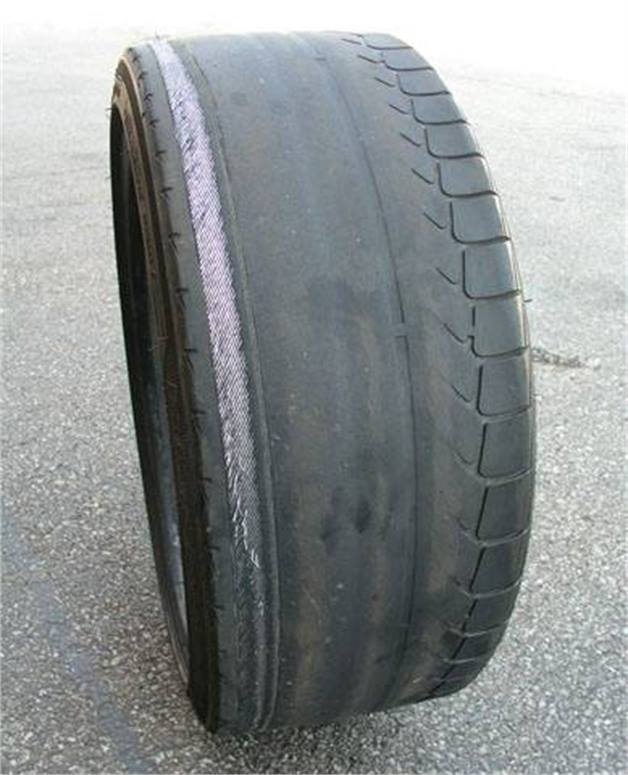 But, as soon as your tires start to rotate you notice that your ride is bumpy! The culprit? Flat spots on your tires from where they settled into the concrete floor over the winter months. If you’re lucky, the tires will regain their shape as you drive on them; however, if the flat spots are permanent you’ll have to think about replacements to avoid doing further damage to your vehicle. So what causes flat spots? And how can they be prevented?
But, as soon as your tires start to rotate you notice that your ride is bumpy! The culprit? Flat spots on your tires from where they settled into the concrete floor over the winter months. If you’re lucky, the tires will regain their shape as you drive on them; however, if the flat spots are permanent you’ll have to think about replacements to avoid doing further damage to your vehicle. So what causes flat spots? And how can they be prevented?
All permanent flat spots start out as temporary flat spots, and both are troublesome, inconvenient, and can make for a bumpy ride when you start driving your car after a long period of inactivity. Temporary flat spots go away as the tires heat up on the road and apply active pressure that rounds the tire back out.
Permanent flat spots are sometimes harder to identify, as they might not be as pronounced as temporary spots, and manifest themselves as vibrations or shakes when your car hits a certain speed.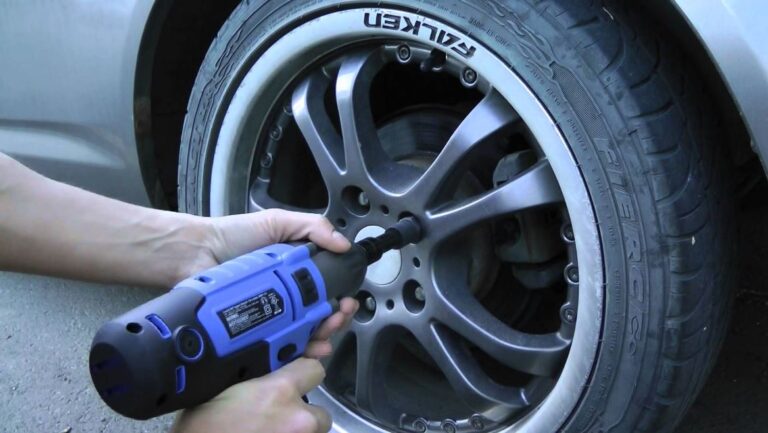 The scary thing about permanent flat spots is that you might not be able to identify the cause right away, which can lead you down a rabbit hole of replacing other parts of your car trying to correct the problem.
The scary thing about permanent flat spots is that you might not be able to identify the cause right away, which can lead you down a rabbit hole of replacing other parts of your car trying to correct the problem.
If your car’s flat spots just aren’t coming out after 25 miles or more, there’s a good chance the inner construction of the tire has become too compromised. Time to get new tires. Fortunately, flat spots are entirely preventable, and understanding why and how they happen puts you a step closer to mitigating them entirely.
There are certain reasons why a tire might be more prone to flat spotting, including:
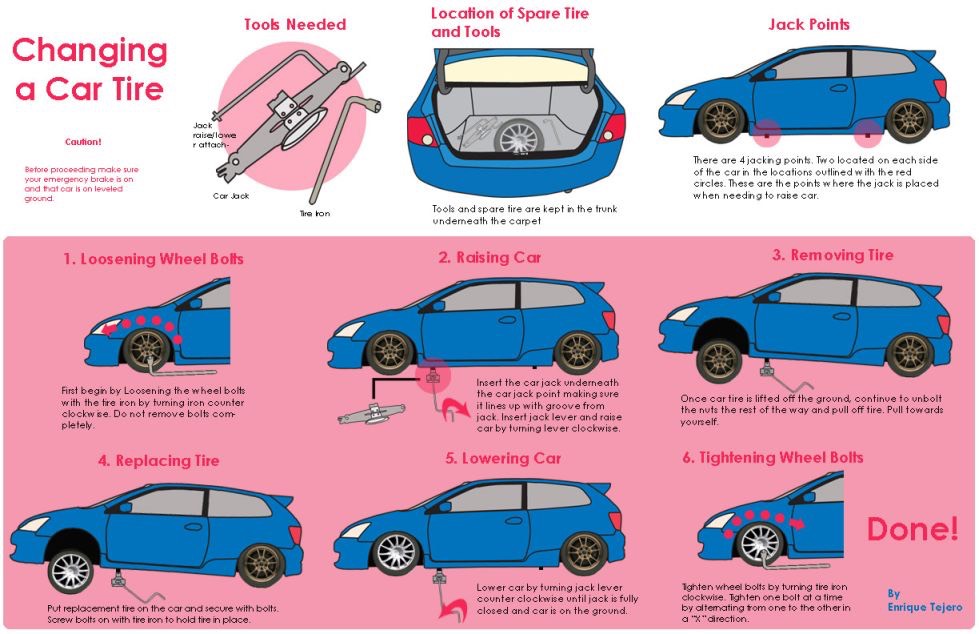
This i definitely an area you don’t want to skim over. Take your time, and it will make a huge difference at the show. Use old toothbrushes to really get into the hard-to-reach places, and microfiber cloths to gently buff everything when you’re finished. Never use WD-40, as dust and particles will adhere to it. Instead, use trim restorer. Take care not to get product on your belts either. As a final touch, you can use paint markers to make the colors pop on faded cap lettering, as well as covering up rusted screws so they don’t stick out like a sore thumb (if you choose not to replace them).
Never use WD-40, as dust and particles will adhere to it. Instead, use trim restorer. Take care not to get product on your belts either. As a final touch, you can use paint markers to make the colors pop on faded cap lettering, as well as covering up rusted screws so they don’t stick out like a sore thumb (if you choose not to replace them).

If your garage or storage unit has the space, drive forwards and backwards a little bit every two weeks to keep your tires resting in a different position. Weather-permitting, you can also take your car out for a little spin occasionally to give your tires some centrifugal force, although it’s not recommended in states that salt winter roads or experience high humidity as both could lead to corrosion or rust.
Weather-permitting, you can also take your car out for a little spin occasionally to give your tires some centrifugal force, although it’s not recommended in states that salt winter roads or experience high humidity as both could lead to corrosion or rust.
FlatStoppers have proven themselves time and time again to be a tried and true investment for car enthusiasts who are storing their vintage, hobby or performance cars throughout winter or the off-season.
Although there are several different preventative methods that owners swear by, including some that we didn’t cover in this article, there are also many reasons why those methods might not be practical for all drivers. Perhaps you store your car far away and don’t want to drive out every few weeks to inspect or roll the tires; maybe you don’t have a lift or jack stands because you prefer not to do your own maintenance.
Whatever the case may be, FlatStoppers are the quintessential hassle-free choice for easy winter storage because they are easy to use, easy to store, and they work! Simply roll up and into the tire cradles, and your car’s tires will stay in shape until it’s time to drive again.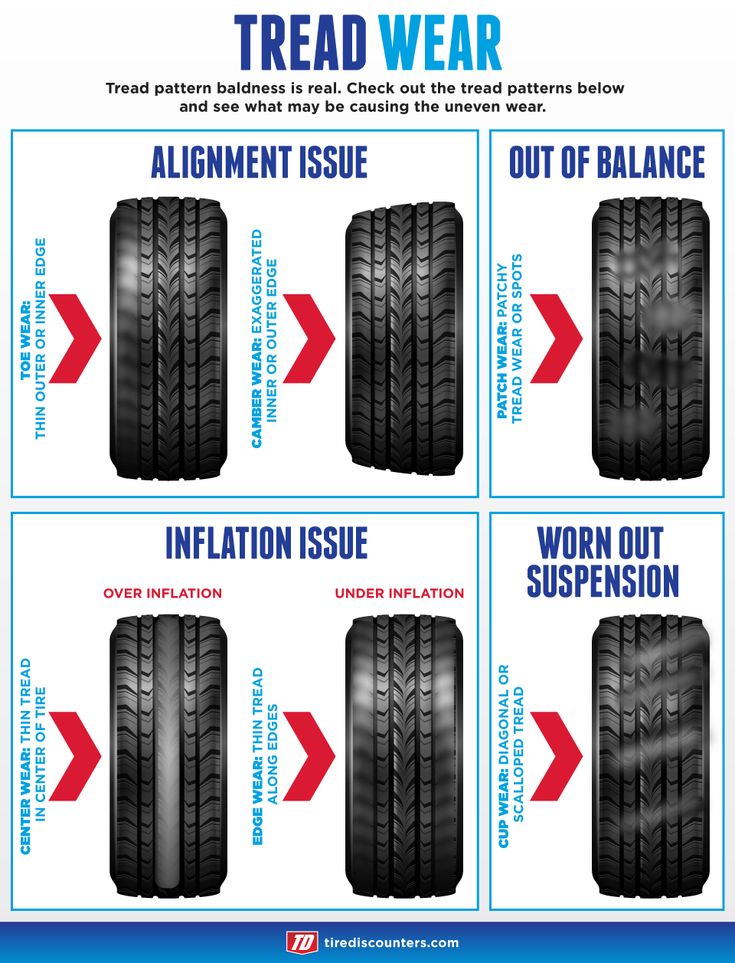 FlatStoppers ensure that at no point will you have to try and diagnose an elusive permanent flat spot or deal with a troublesome temporary flat spot.
FlatStoppers ensure that at no point will you have to try and diagnose an elusive permanent flat spot or deal with a troublesome temporary flat spot.
Available in three sizes for standard tires all the way to supercars with tires up to 14 inches wide, they are well worth the price of replacing a set of performance tires and well worth your peace of mind.
Shop Flatstoppers
Time to read the article: 6 minutes
Save to bookmarks
It is not uncommon to see remnants of car rubber on the roads, most often a truck tire. These are the consequences of a car wheel explosion. An unpleasant phenomenon that can lead to loss of control of the car and the creation of an emergency. A truck tire explosion is especially dangerous for other road users, given the heavy weight and dimensions of the dump truck.
An inexperienced driver may not be able to drive at high speed with a broken tire.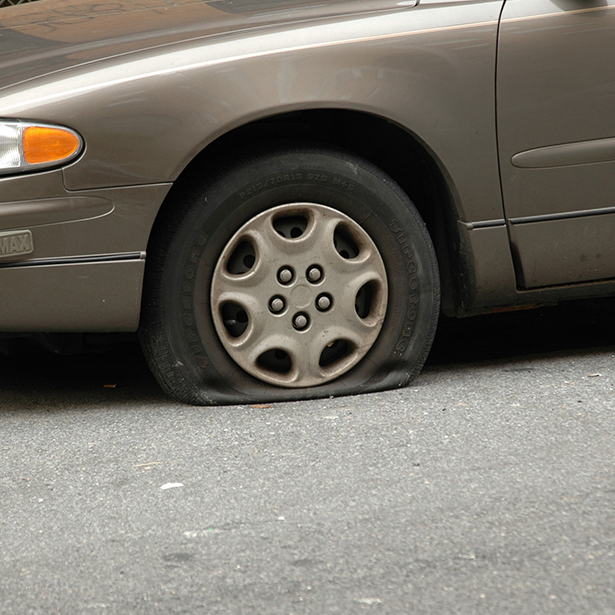 Therefore, it is necessary to strive to avoid problems in motion. To do this, it is important to identify and eliminate problems in a timely manner.
Therefore, it is necessary to strive to avoid problems in motion. To do this, it is important to identify and eliminate problems in a timely manner.
In addition, tire failure can occur in motion from hitting bumps in the roadway or a foreign object lying on the road. In this situation, it all depends on the attentiveness of the driver of the car. Speed also affects - the higher it is, the more difficult it is to notice and, moreover, to go around an obstacle. In any case, you need to be aware of the possible problem and understand the solutions.
It is worth noting that what actually occurs is not an explosion in the usual sense of the word, but a sharp loss of pressure. Moreover, this can happen with any type of car tires, including tubeless ones, which have recently been popular with many motorists.
A car tire cannot explode just like that, there must be reasons preceding the explosion. The main ones are:

An under-inflated wheel bursts due to overheating - the contact patch with the road surface increases, heating occurs faster. An over-inflated tire can burst when hit by any sharp object.
There are also other reasons that lead to the fact that tires literally explode on the go. One of them is exceeding the maximum speed limit set by the manufacturer for a particular model or series. The limit is indicated on the sidewall of the wheel and in no case should it be exceeded, as this is fraught with serious problems. Another indicator, the excess of which leads to the fact that the tire may burst - the load index. This is especially true for trucks.
If there is an explosion or you find a puncture in advance, you need to purchase a new tire and put it on the car. In the event of an explosion in the direction of travel, it is necessary to take a set of measures:
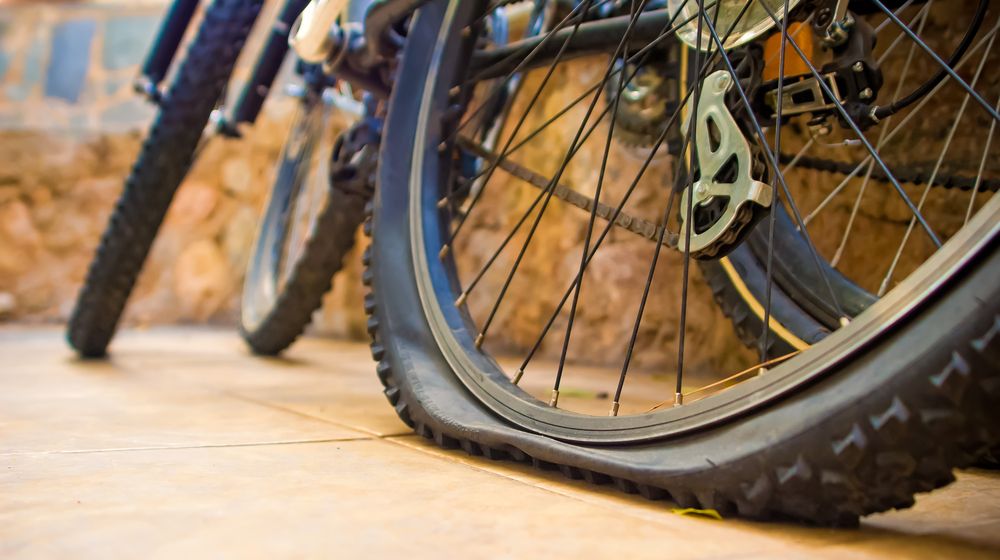
If you don't have a stowaway or a spare tire, you should try to repair the puncture (assuming there was no explosion, but you know about the damage). To do this, you can use a rubber band or sealant.
Winter Drive protection
Tires Goodyear UltraGrip Arctic 2 SUV
Winter Drive Protection Sound Comfort
Rating:
4.5
Tires Goodyear UltraGrip Ice 2
Winter Drive protection
Tires Goodyear UltraGrip Performance+ SUV
Winter Drive protection
Tires Goodyear UltraGrip Arctic 2
Winter Drive Protection Run On Flat Sound Comfort
Tires Goodyear UltraGrip Performance+
Cracks in rubber are not new to car owners. Often they are found during the transition from one season of operation to another and a planned replacement of wheels. The main reasons for the appearance:
Often they are found during the transition from one season of operation to another and a planned replacement of wheels. The main reasons for the appearance:
A crack in a wheel can be dangerous for further use. At the same time, its size and possible consequences should be assessed. Depending on the nature of the cracks, there are:
Depending on the nature of the cracks, there are:
In the first case, the wheel may not burst while driving, if the speed limit is not more than 80 km/h. Sharp maneuvers, starts with sharp acceleration, emergency braking are also contraindicated. Do not tempt fate and practice aggressive driving. If these rules are not followed, the tire may not withstand the load and explode.
Deep damage indicates complete failure. It is strictly forbidden to use a product with such cracks, it must be replaced with a new one. Otherwise, there is a risk that the tire will burst on the go. Dirt, water, chemicals used in winter to remove ice on the road can get into the crack. All this will speed up the process of its destruction.
Regardless of the size and depth of the crack, damaged tires will have to be replaced with new ones. Long-term operation is not allowed. Moreover, under the influence of external factors (water, temperature differences, dust and dirt), cracks will only increase, and the wheel will collapse.
Long-term operation is not allowed. Moreover, under the influence of external factors (water, temperature differences, dust and dirt), cracks will only increase, and the wheel will collapse.
A hernia is no less an unpleasant problem than a fissure. This is a swollen bump on the lateral surface (external or internal). The phenomenon is also very dangerous and can lead to an explosion. Although you can often see cars with wheels that show a hernia.
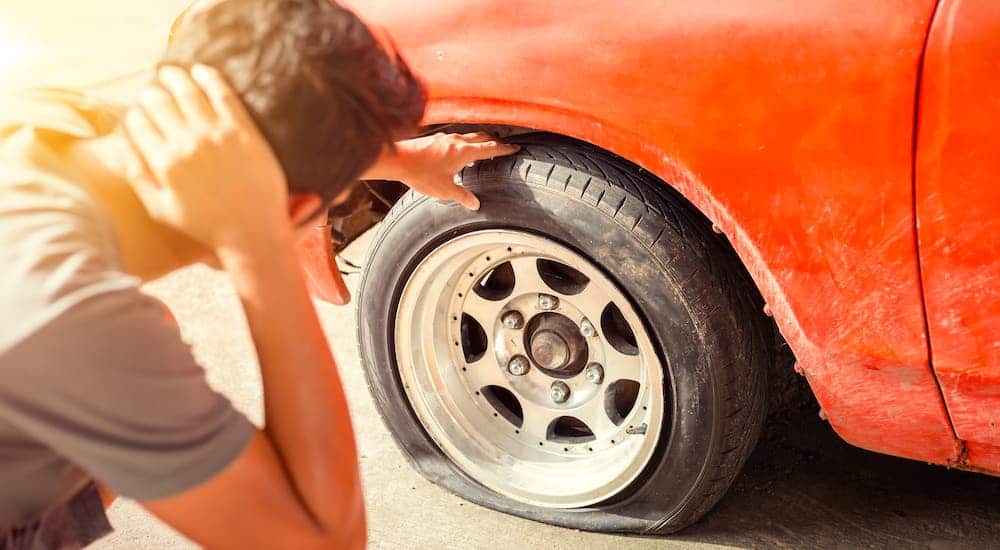
A hernia can be repaired but should not be done. Sooner or later she will appear again. It is best to change the tire and not save on your own safety. Theoretically, you can put a patch, while you will not restore the rigidity, you will break the weight and balance. It is better to buy new wheels, having analyzed the causes of the hernia, in order to prevent this in the future.
In order to avoid bursting a tire on a car, a set of measures must be taken. First of all, it is recommended:
 A hernia or deep cuts, cracks signal a possible puncture or even an explosion.
A hernia or deep cuts, cracks signal a possible puncture or even an explosion. The specified set of measures and common sense will help you avoid unforeseen situations on the road in the form of a burst tire. The main thing is to understand why tires explode, and not to allow it to happen.
Written by: The Goodyear Team
In a previous article, we talked about how to properly dispose of car tires. This is indeed a very serious problem, because the number of discarded but not properly disposed of tires in Russia is measured in millions of tons. Another opportunity to reduce environmental damage is the retreading of used tires.
The idea of extending the life of car tires dates back to the last century. Always and at all times, zealous car owners wanted more resource from tires.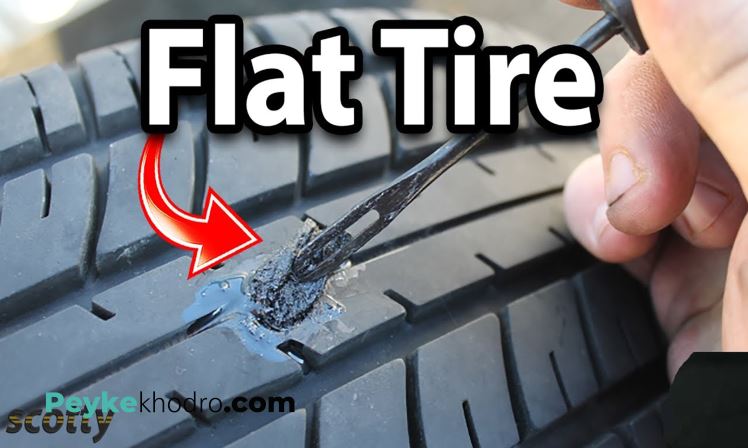 The most widespread are two technologies - the replacement of the tread tape and the so-called recutting of the tread (regruving). Those who remember the times of the USSR are probably familiar with the latest technology - during the years of total shortage it was a popular way to extend the life of tires, including cars. Of course, this happened with varying success - for example, retreaded tires could explode while driving due to the destruction of the cord.
The most widespread are two technologies - the replacement of the tread tape and the so-called recutting of the tread (regruving). Those who remember the times of the USSR are probably familiar with the latest technology - during the years of total shortage it was a popular way to extend the life of tires, including cars. Of course, this happened with varying success - for example, retreaded tires could explode while driving due to the destruction of the cord.
The second technology is the so-called welding, that is, the replacement of the tread tape with a new one, using a cold or hot method. Currently, this is the most popular method of tire retreading, which, however, has a number of limitations. Let's look at each technology in turn.
To begin with, the most important thing. Car tire carcasses are not designed to be reused, so they cannot be restored in any way! Everything that will be said about retreading applies only to "commercial" tires for trucks, construction equipment and buses.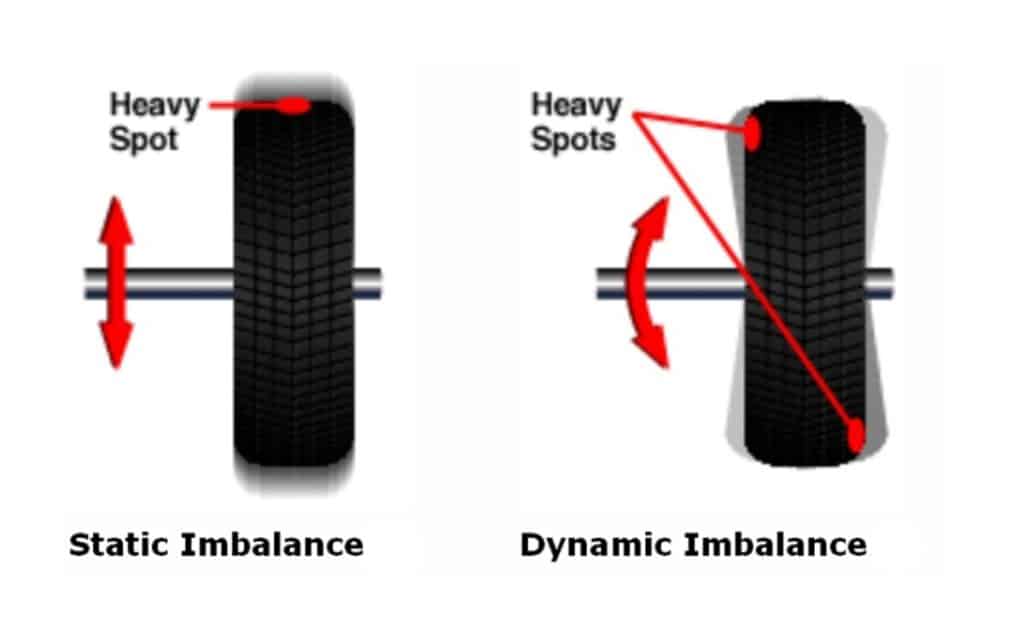 These tires have a strong all-metal carcass that can withstand much more than the tread, as well as a special design designed for two to three times recovery.
These tires have a strong all-metal carcass that can withstand much more than the tread, as well as a special design designed for two to three times recovery.
First, let's talk about regrooving the tread, or, as it is also called, regrowing. This is a procedure for deepening the tread with a hand-held cutting tool. Of course, this can not be done with any tires, but only with those that have the Regroovable marking.
Image: Yokohama
In such cases, the design of the tire implies an additional layer of rubber at the base of the tread, which allows you to deepen the pattern by about 3 millimeters, thereby “winning” another 35-40 thousand mileage. The optimal moment for recovery is tread wear up to 3 mm.
Image: Michelin
This retreading method is considered to be the most inexpensive - spending only 3-5% of the cost of a new tire on regrooving, you can get another 20-30% of the original resource.
Regrowing also has disadvantages.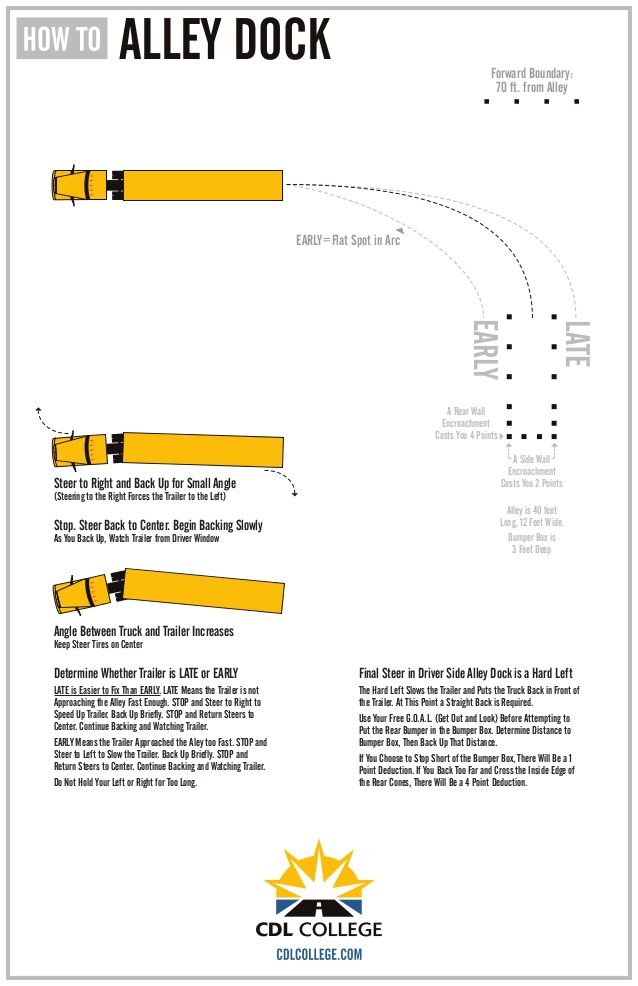 The success of the operation depends entirely on the quality of the framework and the skill of the specialist performing the recutting. Some tire brands allow multiple regrooving for certain models, but after that, the tread must still be replaced. In addition, in a number of countries, the installation of "undercut" tires on the front axles of buses is prohibited at the legislative level.
The success of the operation depends entirely on the quality of the framework and the skill of the specialist performing the recutting. Some tire brands allow multiple regrooving for certain models, but after that, the tread must still be replaced. In addition, in a number of countries, the installation of "undercut" tires on the front axles of buses is prohibited at the legislative level.
Retreading, or changing the tread band, is the most common way to retread truck tires, allowing them to recover at least 50-60% of their original life. Retreaded tires are widely used in all world markets, for example, in Europe they account for more than half of total sales.
Given the high quality of the tire carcass, welding can be performed repeatedly, increasing the tire life up to 450-500 thousand kilometers. Hardfacing can be cold or hot. Let's analyze the differences between these technologies.
When retreading car tires in small industries, the cold method is most often used.
It looks like this. The worn tire is placed in a special machine, where the tread layer is removed from it with a cutter. The breaker layer is carefully inspected for defects, which are repaired using pneumatic tools. The next stage is extrusion, in which the breaker is covered with a layer of raw rubber covering all defects. After that - another layer of raw rubber.
Images: Nokian Tires
Next, the tread tape is applied to the tire. As a rule, all major tire manufacturers produce such tapes, for example, Nokian Tires calls such treads Noktop and E-Tread. An interesting feature of the Noktop tread is the two-layer structure. A softer top layer provides improved traction in winter. By spring, it wears off, revealing a more rigid tread, optimal for use at positive temperatures.
Image: Nokian Tires
The assembled tire is placed in a so-called envelope, from which the air is evacuated. Next, the tires are placed in an autoclave, where, at a pressure of about 4 atmospheres at a temperature of 110 degrees Celsius, the vulcanization process takes place.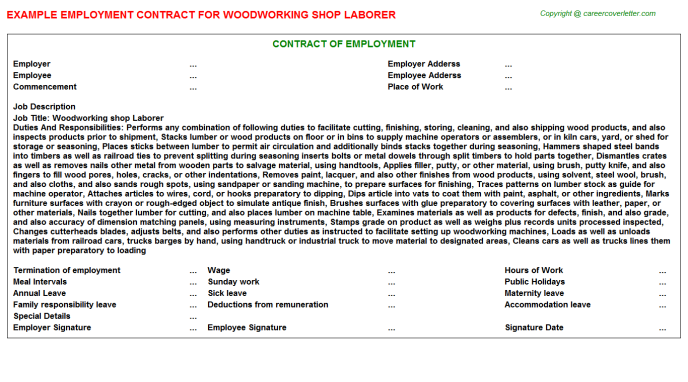 As a result, the tread is tightly connected to the tire carcass.
As a result, the tread is tightly connected to the tire carcass.
The second technology - hot vulcanization - is distinguished by the highest quality of recovery, but due to its high cost and energy consumption, it is used only in large industries.
Image: GoodYear
Hot welding is performed at 180 degrees Celsius and its main difference from the cold process is that a large layer of raw rubber (including sidewalls) is applied to the prepared carcass, and then vulcanized with a press -shape on the tire is formed tread pattern - just like when creating a new tire.
For example, GoodYear calls this technology TreadMax or Next Tread. Technology means not only the tape itself, but also special equipment complete with technological maps.
Hot retread tires are more expensive than cold retread tyres, but their quality and service life are higher.
Modern technologies really make it possible to provide high-quality and even repeated retreading of truck and commercial car tires.